Primary Sources
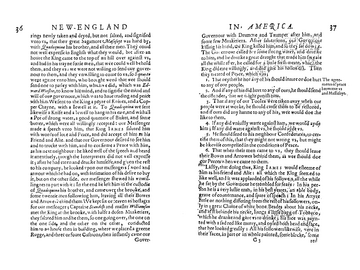
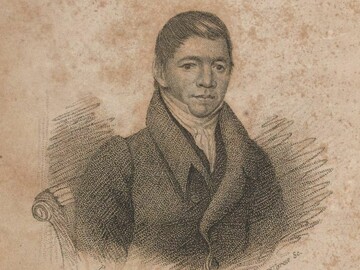


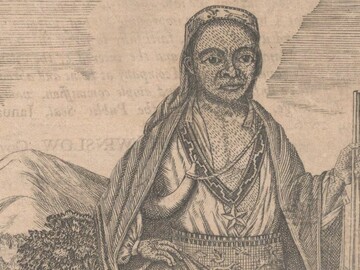
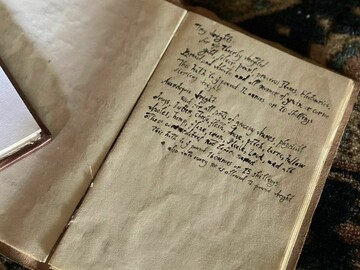
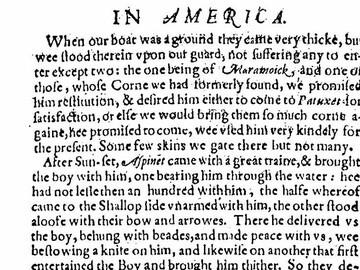
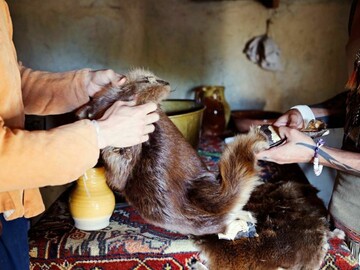
This Unit aligns with the Document Decoder - 1621 mutual alliance of protection (Activity 2) in the "You are the Historian" Interactive game.
Learning Themes:In this unit, students explore the agreement made between Massasoit (Ousamequin), sachem of Pokanoket, his brother Quadequina, and Plymouth Colony’s elected governor, John Carver, and others. In this unit, students will use excerpts from written sources to explore why an agreement made sense, and how it may have informed key diplomatic events from the summer of 1621 through the harvest celebration later that year. Students will also use traditions such as wampum belts, gift-giving, and feasting to explore diplomacy and alliance-making.
NCSS Framework Strands:
Culture
Time, Continuity, and Change
People, Places, and Environments
Individuals, Groups, and Institutions
Science, Technology, and Society
Global Connection
Civic Ideals and Practices
In this unit, students will:








Grades K-5
Grades 6-12
What does it mean to be responsible?
What kinds of work do women, men, and children do?
What does it mean to belong to or lead a group?
How can people get involved in government?
How did Native Peoples live in New England before Europeans arrived?
What were the challenges for women and men in the early years in
Plymouth?
How did the interactions of Native Peoples, Europeans, and enslaved and free Africans shape the development of Massachusetts?
To what extent was North America a land of opportunity, and for whom?
What were the roots of the ideas that influenced the development of the United States political system?
How did the framers of the Constitution attempt to address issues of power and freedom in the design of the new political system?
Rights and responsibilities of citizens
Freedom of the press and New/Media Literacy
How did increasing global connectedness in the world lead to the developments in philosophy, arts and sciences in the early modern world?
What was the effect of European conquests on the political and social structures of other regions of the world?
Analyzing the news and other media [T4.2]
Cite specific textual evidence to support analysis of primary and secondary sources.
Identify key steps in a text's description of a process related to history/social studies (e.g., how a bill becomes law, how interest rates are raised or lowered).
Determine the meaning of words and phrases as they are used in a text, including vocabulary specific to domains related to history/social studies.
Describe how a text presents information (e.g., sequentially, comparatively, causally)
Identify aspects of a text that reveal an author's point of view or purpose (e.g., loaded language, inclusion or avoidance of particular facts).
Integrate visual information (e.g., in charts, graphs, photographs, videos, or maps) with other information in print and digital texts.
Analyze the relationship between a primary and secondary source on the same topic.
Analyze in detail a series of events described in a text; determine whether earlier events caused later ones or simply preceded them.
Determine the meaning of words and phrases as they are used in a text, including vocabulary describing political, social, or economic aspects of history/social science.
Compare the point of view of two or more authors for how they treat the same or similar topics, including which details they include and emphasize in their respective accounts.
Integrate quantitative or technical analysis (e.g., charts, research data) with qualitative analysis in print or digital text.
Compare and contrast treatments of the same topic in several primary and secondary sources.
Determine the central ideas or information of a primary or secondary source; provide an accurate summary that makes clear the relationships among the key details and ideas.
Evaluate various explanations for actions or events and determine which explanation best accords with textual evidence, acknowledging where the text leaves matters uncertain.
Evaluate authors' differing points of view on the same historical event or issue by assessing the authors' claims, reasoning, and evidence.
Integrate and evaluate multiple sources of information presented in diverse formats and media (e.g., visually, quantitatively, as well as in words) in order to address a question or solve a problem.
Integrate information from diverse sources, both primary and secondary, into a coherent understanding of an idea or event, noting discrepancies among sources.
Cite textual evidence to support analysis of what the text says explicitly as well as inferences drawn from the text.
Determine the meaning of words and phrases as they are used in a text, including figurative, connotative, and technical meanings.
Determine an author's point of view or purpose in a text and explain how it is conveyed in the text.
Integrate information presented in different media or formats (e.g., visually, quantitatively) as well as in words to develop a coherent understanding of a topic or issue.
Compare and contrast one author's presentation of events with that of another (e.g., a memoir written by and a biography on the same person).
Analyze the interactions between individuals, events, and ideas in a text (e.g., how ideas influence individuals or events, or how individuals influence ideas or events).
Analyze how two or more authors writing about the same topic shape their presentations of key information by emphasizing different evidence or advancing different interpretations of facts
Analyze how a text makes connections among and distinctions between individuals, ideas, or events (e.g., through comparisons, analogies, or categories).
Determine an author's point of view or purpose in a text and analyze how the author acknowledges and responds to conflicting evidence or viewpoints.
Analyze a case in which two or more texts provide conflicting information on the same topic and identify where the texts disagree on matters of fact or interpretation.
Analyze how the author unfolds an analysis or series of ideas or events, including the order in which the points are made, how they are introduced and developed, and the connections that are drawn between them.
Analyze various accounts of a subject told in different mediums (e.g., a person's life story in both print and multimedia), determining which details are emphasized in each account.
Analyze seminal U.S. documents of historical and literary significance (e.g., Washington's Farewell Address, the Gettysburg Address, Roosevelt's Four Freedoms speech, King's "Letter from Birmingham Jail"), including how they address related themes and concepts.
Determine the meaning of words and phrases as they are used in a text, including figurative, connotative, and technical meanings; analyze how an author uses and refines the meaning of a key term or terms over the course of a text (e.g., how Madison defines faction in Federalist No. 10).
Integrate and evaluate multiple sources of information presented in different media or formats (e.g., visually, quantitatively) as well as in words in order to address a question or solve a problem.
Analyze seventeenth-, eighteenth-, and nineteenth-century foundational U.S. documents of historical and literary significance (including The Declaration of Independence, the Preamble to the Constitution, the Bill of Rights, and Lincoln's Second Inaugural Address) for their themes, purposes, and rhetorical features.
Acquire and use accurately grade-appropriate general academic and domain-specific words and phrases; gather vocabulary knowledge when considering a word or phrase important to comprehension or expression.
Acquire and use accurately grade-appropriate general academic and domain-specific words and phrases; gather vocabulary knowledge when considering a word or phrase important to comprehension or expression.
Acquire and use accurately general academic and domain-specific words and phrases, sufficient for reading, writing, speaking, and listening at the college and career readiness level; demonstrate independence in gathering vocabulary knowledge when considering a word or phrase important to comprehension or expression.